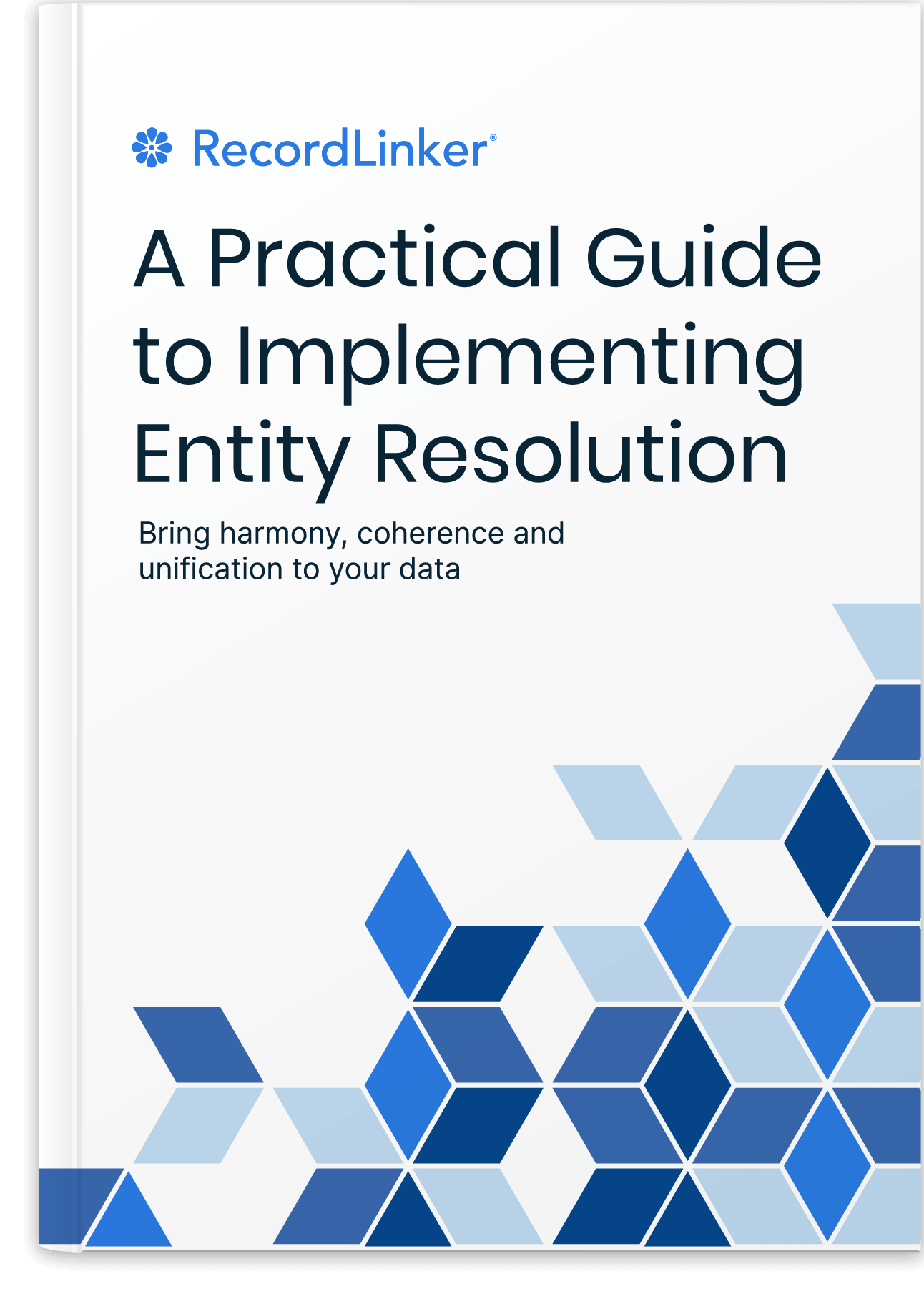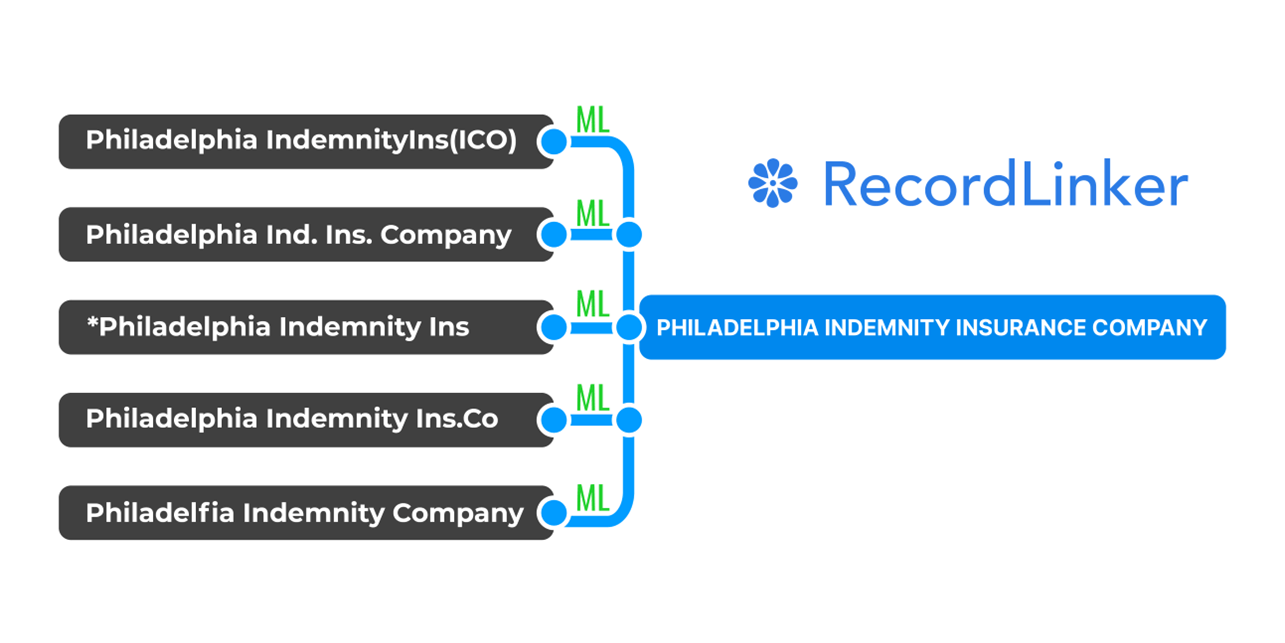Master Data Management Patterns: 5 Key Components
MDM is the process of creating and maintaining a consistent, accurate, and complete view of an organization’s critical data. It includes identifying, cleansing, and enriching data; governing its use; and synchronizing it across disparate systems.

With technical advances and the growth of data-driven organizations, managing master data has become increasingly complex. To meet these challenges, a new discipline called master data management has emerged.
Strong master data management patterns start with five key components:
- Integration
- Cleansing
- Harmonization
- Security
- Governance
In this article, we’ll discuss each of these, and show you the benefits of a robust MDM pipeline.
Let’s get started!
1. Data Integration and MDM
The first challenge of MDM is integrating data from disparate systems. This data may be stored in different formats, use different schemas, and reside on different platforms.
For example, an organization may have customer data in a CRM system, financial data in an ERP system, and product data in a PLM system. In the first, their customer names are capitalized; in the second, they’re all lowercase, and feature dashes instead of spaces; and in the third, they use a mix of upper- and lowercase letters.
To create a single view of this data, it must be extracted from each system, transformed into a common format, and loaded into a central repository. This process is known as data integration. The common format is known as a “canonical model”, and it drives the creation of a “golden record” for each entity, such as a customer or product.
By integrating data from multiple systems, MDM provides a single source of truth for an organization’s critical data. This is essential for making accurate decisions and taking coordinated action across the enterprise. When it comes time to value a pipeline, for example, all the relevant data – from purchase history to interactions with support – can be considered.
2. Data Cleansing in Master Data Management
Bad data is estimated to cost organizations over $15 million per year on average. That’s a major problem for many small to mid-sized companies.
The solution? Cleansing.
Once data is integrated, it’s time for cleansing – the process of identifying and correcting errors, such as duplicate records, incomplete data, and incorrect values.
Cleansing also involves standardizing data to ensure consistency. For example, if an organization has customers in both the United States and Canada, their postal codes might need to be converted to the same format – five digits for US ZIP codes, and six characters for Canadian postal codes.
Cleansing data is a critical step in creating a single view of an organization’s master data. Without it, decision-makers would be working with inaccurate and incomplete information, or wasting their time on duplicate records.
Free Book: Practical Guide to Implementing Entity Resolution
Interested in implementing an in-house record matching solution with your own development team without using any outside vendors or tools?

3. Data Harmonization as a Part of MDM
Harmonization is the process of setting up an ongoing method for keeping data consistent across systems. It typically involves establishing rules, or “policies”, for how data should be entered and maintained.
For example, an organization might have a policy that all customer names must be entered in upper-case letters. Anytime a new customer is added to the CRM system, their name would be automatically converted to upper-case. If a lower-case letter were accidentally entered, the system would flag it as an error, or at least confirm with the user that this is what they meant to do.
This would minimize the need for manual cleansing, and ensure that data is consistently formatted across systems. And the importance of this cannot be understated; since data is the lifeblood of the modern business, weekly or monthly cleansing can cost hundreds of thousands of dollars in lost productivity. Building data quality into processes – as harmonization does – is a more efficient and effective way to manage master data and help you maximize margins.
4. Data Security Built Into MDM
Data security is a critical concern for any organization, and it’s especially important when managing master data. This data is typically sensitive, and may be regulated by laws or industry standards.
For example, personal health information (PHI) is subject to the Health Insurance Portability and Accountability Act (HIPAA) in the United States. Any organization that manages PHI – such as a hospital or insurance company – must take measures to protect this data from unauthorized access.
When it comes to securing master data, the first step is to identify which data needs to be protected, and then put in place the appropriate security controls. These might include access control measures, such as user authentication and authorization; encryption; and activity logging.
It’s also important to have a plan for what to do in the event of a breach. This should include procedures for identifying, containment, and recovery. By being prepared for the worst-case scenario, you can minimize the damage of a security breach and protect your organization’s reputation.
5. Data Governance vs. Master Data Management
Data governance is the process of establishing policies and procedures for managing data. It includes everything from setting standards for data quality to defining roles and responsibilities for those who work with data.
Data governance is a critical component of MDM, since it ensures that master data is managed in a consistent, controlled manner. The process of harmonization, that we mentioned earlier, is just one example of the scope of data governance.
Another important aspect of data governance is establishing policies for data retention and disposal. This ensures that master data is only kept for as long as it’s needed, and that it’s disposed of in a secure manner when it’s no longer needed.
Why? Because data – especially sensitive data – can be a liability if it’s not properly managed. By establishing policies and procedures for data disposal and strong governance, you can minimize the cost and x-risks associated with managing master data.
Final Thoughts: Master Data Management Patterns
In summary, MDM is the process of creating and maintaining a consistent, accurate, complete view of an organization’s critical data. It includes identifying, cleansing, governing, and synchronizing data across disparate systems.
To be effective, an MDM solution must address five key components: integration, cleansing, harmonization, security governance. When implemented correctly, MDM can provide tremendous value to an organization by improving the quality of its data and making it more accessible and actionable.
RecordLinker uses Machine Learning to normalize records across your data systems!

Interested in improving the quality of your data, but don’t have the time or resources to create a master data management program from the ground-up? RecordLinker is here to help. Our data integration and management platform can quickly connect your disparate data sources, identify and deduplicate records, and keep your data clean and up-to-date.
To learn more about how RecordLinker can help you improve the quality of your data, request a free demo!




